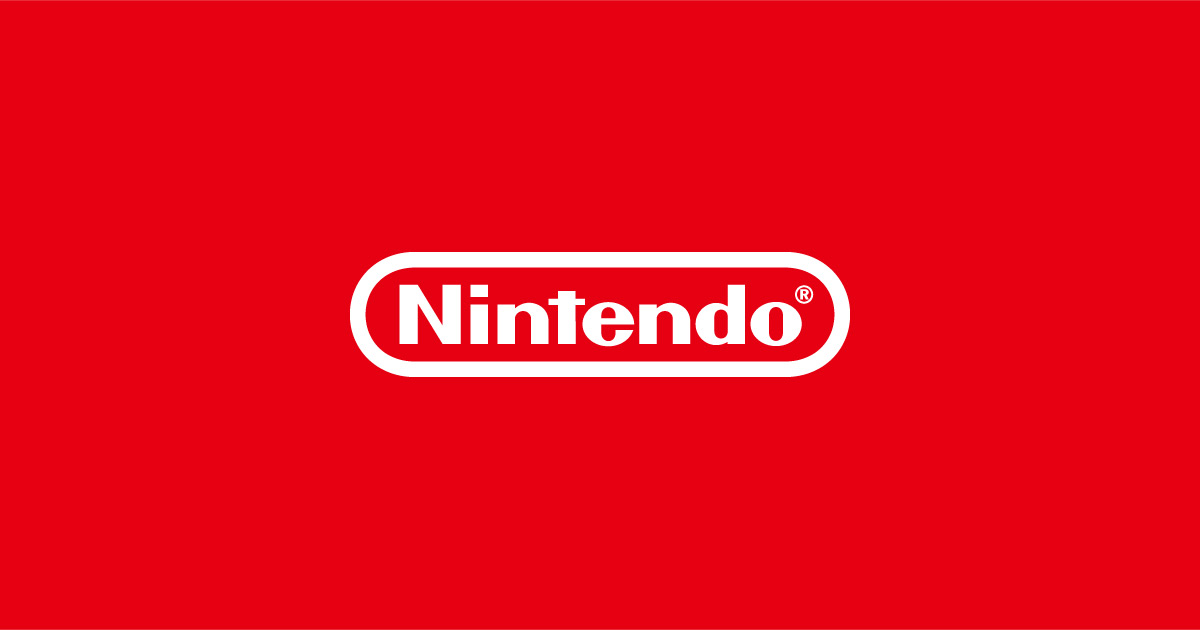With the handheld gaming market surging, two titans stand out: Nintendo’s highly anticipated Switch 2 and Valve’s latest iteration of the Steam Deck—the OLED model.
In a recently released head-to-head analysis, Digital Foundry delves into a side-by-side comparison, examining how both devices perform on key fronts including battery life, hardware design, controller ergonomics, and software ecosystems. Digital Foundry, a respected authority in technical game analysis, is renowned for its in-depth comparisons across gaming hardware.
In their recent video, led by Oliver Mackenzie, the team evaluates the Nintendo Switch 2’s console-like experience against the versatile, PC-centric Steam Deck OLED. Mackenzie highlights that while both devices share certain similarities as powerful handheld gaming systems, each ultimately caters to distinct user preferences and priorities.
Summarizing his assessment, Mackenzie asserts that the Switch 2 excels as a dedicated console, providing an intuitive, reliable experience tailored specifically to controller-based gaming.
According to him, the Nintendo OS offers stability, seamless docking, and access to acclaimed exclusive titles such as Mario Kart World and Fast Fusion.
This makes the Switch 2 particularly compelling for gamers seeking a hassle-free, streamlined gaming experience on the go. "The Nintendo Switch 2 shines as a console-focused system, offering a smooth, delightful gaming experience geared towards players who value simplicity and great exclusives," Mackenzie notes in the analysis.
"Its operating system is rock solid, docking works flawlessly, and it is ideal for controller-oriented games." However, the Digital Foundry team underscores key advantages of Valve’s Steam Deck OLED.
Unlike the more console-like Switch 2, the Steam Deck adopts an open, PC-based platform that enables users to access an extensive catalogue of PC games and tweak an array of performance settings.
Gamers can take advantage of features like custom launch parameters, adjustable refresh rates, detailed performance overlays, and mouse-emulating controls—options not available on the Nintendo Switch 2. Mackenzie points out that the Steam Deck OLED is "better suited for games that benefit from trackpad input and greater software flexibility, such as World of Warcraft or Final Fantasy 14." The ability to play legacy titles and a broader selection of games, including those unlikely to appear on Nintendo’s eShop, gives the Steam Deck a different edge in the handheld gaming landscape. This comparison ultimately underscores that the choice between Nintendo Switch 2 and Steam Deck OLED rests on individual gaming habits and preferences.
Those drawn to Nintendo’s beloved exclusives and a polished, console-like ecosystem will gravitate toward the Switch 2, while users seeking expansive PC game libraries and customizable performance will find Valve’s handheld more appealing. For further insights, Digital Foundry’s channel also features detailed performance breakdowns, including Cyberpunk 2077 benchmarks and first looks at GameCube emulation on the Nintendo Switch 2.
Both platforms continue to push the boundaries of portable gaming, and as competition heats up, gamers stand to benefit from rapid innovation and diverse gameplay experiences.
In a recently released head-to-head analysis, Digital Foundry delves into a side-by-side comparison, examining how both devices perform on key fronts including battery life, hardware design, controller ergonomics, and software ecosystems. Digital Foundry, a respected authority in technical game analysis, is renowned for its in-depth comparisons across gaming hardware.
In their recent video, led by Oliver Mackenzie, the team evaluates the Nintendo Switch 2’s console-like experience against the versatile, PC-centric Steam Deck OLED. Mackenzie highlights that while both devices share certain similarities as powerful handheld gaming systems, each ultimately caters to distinct user preferences and priorities.
Summarizing his assessment, Mackenzie asserts that the Switch 2 excels as a dedicated console, providing an intuitive, reliable experience tailored specifically to controller-based gaming.
According to him, the Nintendo OS offers stability, seamless docking, and access to acclaimed exclusive titles such as Mario Kart World and Fast Fusion.
This makes the Switch 2 particularly compelling for gamers seeking a hassle-free, streamlined gaming experience on the go. "The Nintendo Switch 2 shines as a console-focused system, offering a smooth, delightful gaming experience geared towards players who value simplicity and great exclusives," Mackenzie notes in the analysis.
"Its operating system is rock solid, docking works flawlessly, and it is ideal for controller-oriented games." However, the Digital Foundry team underscores key advantages of Valve’s Steam Deck OLED.
Unlike the more console-like Switch 2, the Steam Deck adopts an open, PC-based platform that enables users to access an extensive catalogue of PC games and tweak an array of performance settings.
Gamers can take advantage of features like custom launch parameters, adjustable refresh rates, detailed performance overlays, and mouse-emulating controls—options not available on the Nintendo Switch 2. Mackenzie points out that the Steam Deck OLED is "better suited for games that benefit from trackpad input and greater software flexibility, such as World of Warcraft or Final Fantasy 14." The ability to play legacy titles and a broader selection of games, including those unlikely to appear on Nintendo’s eShop, gives the Steam Deck a different edge in the handheld gaming landscape. This comparison ultimately underscores that the choice between Nintendo Switch 2 and Steam Deck OLED rests on individual gaming habits and preferences.
Those drawn to Nintendo’s beloved exclusives and a polished, console-like ecosystem will gravitate toward the Switch 2, while users seeking expansive PC game libraries and customizable performance will find Valve’s handheld more appealing. For further insights, Digital Foundry’s channel also features detailed performance breakdowns, including Cyberpunk 2077 benchmarks and first looks at GameCube emulation on the Nintendo Switch 2.
Both platforms continue to push the boundaries of portable gaming, and as competition heats up, gamers stand to benefit from rapid innovation and diverse gameplay experiences.






